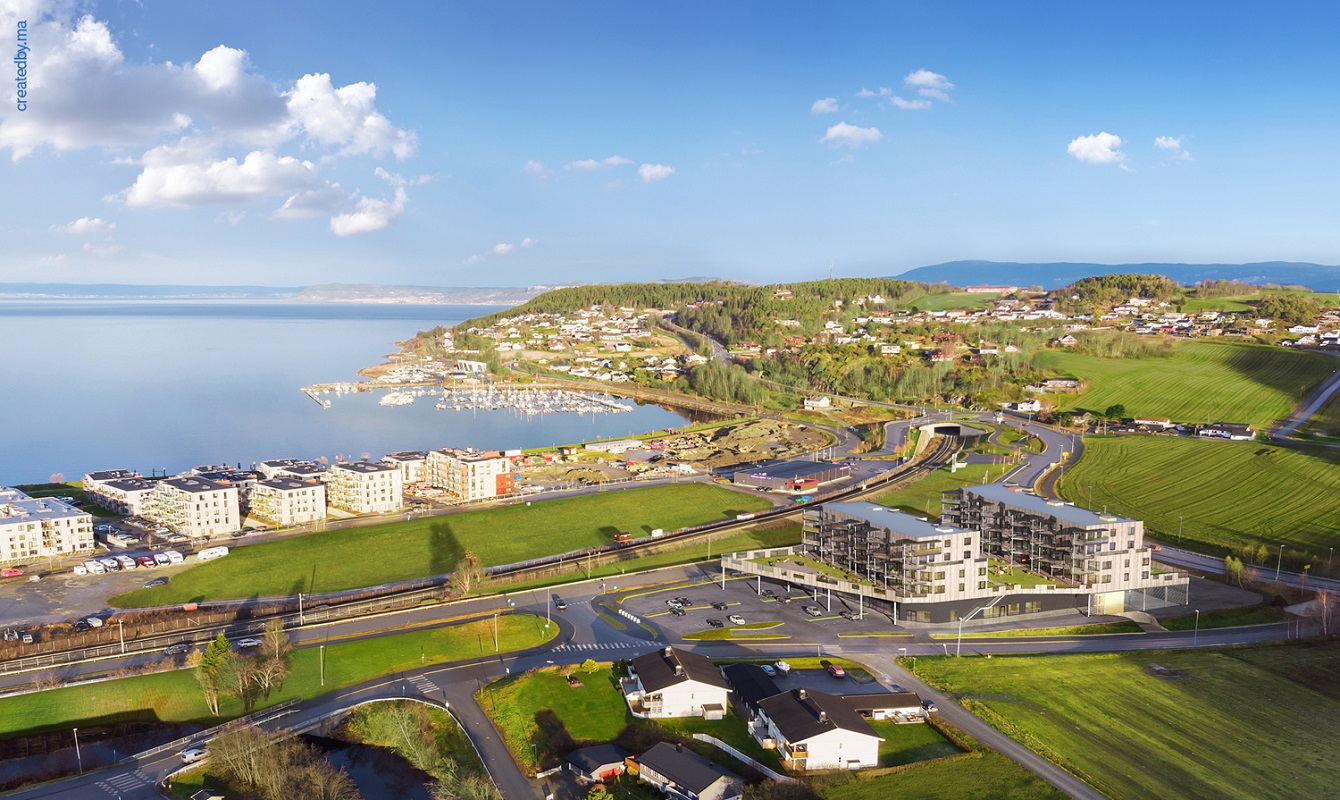
How 3D design architecture plans benefit construction Industry?
Modern building architectural design / construction projects are heavily reliant after the documentation which is provided by contractors and sub-contractors. Nowadays the construction documents and plans are most usually prepared with the use of Computer Aided Design or CAD programs which experienced designers can utilize showing plans as well as elevations, working drawings, sections, related information and budget preparations. Not merely are these documents crucial for estimating the cost of any given project nevertheless they tend to be instrumental in the ultimate marketing of the product.
Architectural construction and design concepts can take many hours when using the traditional methods but in this day and age in particular time is money and to become competitive in today’s marketplace would it be essential for designers to use their time productively – 3D modelling techniques and CAD can save lots of time and for that reason money allowing you to prepare accurate documents and every one of the information you need to promote the finished product.
Benefits of using design architecture plans in 3d include;
Improved visualization for the finished building or product
The ability to check for errors which may have occurred during the design and drawing process
The optimum use of building or creation materials
Lowering costs of the finished project
Virtual tours and walk through
Super efficient promotional and marketing tools for the finished product
Minimize the numbers of errors and revisions needed in the look
Using 3D Modelling for architectural construction and design allows the architect to make frequent changes as the 3D model is developed and apply variations to match the clients’ requirements. This results in not only an improved finished design but also a more efficient utilization of the materials used. No wonder this type of software and procedure is so popular in the world of design and construction today.
3D modeling refers to the process of creating a mathematical representation of an 3-dimensional object or shape. That is done using software. 3D models are actually widely used in a variety of industries. Motion pictures, video games, architecture, construction, product development, medical, all these industries are using 3D models for visualizing, simulating and rendering graphic designs. 3D modeling in development is widely gathering popularity because of the plethora of benefits it offers.
Types of 3D modeling
The common types of 3D modeling include simple polygons, 3-D primitives – simple polygon-based shapes, such as pyramids, cubes, spheres, cylinders and cones, spline curves and NURBS (non-uniform rational b-spline) – smooth shapes defined by bezel curves. They are relatively complex, computationally.
3D modeling in construction
Technological advancements are making every task easier and better. We can now do more with less in almost every sphere of our lives. Every sector is riding the technology bandwagon for better outcomes and the construction industry follows suit. Be it BIM or 3D modeling, technology is enabling the construction industry to achieve more in lesser time with reduced cost. 3D modeling is changing the presentation world of architectural designs. 3D modeling is enabling architects and designers to become more creative and experimental.
With technologies like reality modeling getting intrinsically weaved in to the construction lifecycle, the development process no longer involves rolling out blueprints of building designs. Construction has largely gone digital. Architectural presentations have moved from draft tables to desktops and tablets.
The adoption of 3D modeling in construction has brought in several benefits. 3D or reality modeling, not only speeds up the design process but also enables architects and designers experiment with different ideas and identify potential design problems before they become actual issues. 3D modeling in construction, by putting all the pieces together, offers a real-view of the finished project. Amazingly! 3D modeling brings a project alive without even moving an individual speck of dust!
3D modeling in construction also allows animation. Naturally, your client can visualize so much more about the next project that a flat drawing could ever provide. Clients can literally have a virtual walkthrough of the proposed building. As being a 3D movie, a 3D model allows the customer to get a feel of how things will be laid out. They are able to walk through the entry of their future home, reach the lobby and even visualize guests having dinner at the dining area. They are able to see all this even before a brick has been laid out!
With 3D modeling, it also becomes easy to comprehend a structure in the context of the surrounding space. Transforming a building into a dream home by virtually surrounding it with lush landscaping is the energy 3D modeling provides to an architect or designer. 3D architectural modeling comes with a amount of realism that 2D images don’t. Using 3D modeling you can even visualize the texture of the tile which will be put up on the room’s floor. Interesting!
Realistic lighting may be used to demonstrate the warm energy emanating from a kitchen or dining area. It is also possible to fill the area with appropriate furniture and decor choices to know fully what we’ve in store.
There is no doubt that use of 3D modeling in construction brings about better designing and material utilization. 3D models can be rotated for different perspectives and gather additional views. The features of 3D modeling include; checking the errors which can occur in the drawing process, gaining better insight for surface patterns, having virtual tours through walkthroughs, getting renderings with personalized interiors, attaining more in lesser cost, enhanced collaboration between teams involved in the construction process.

